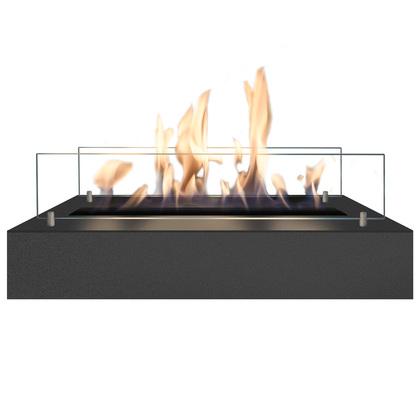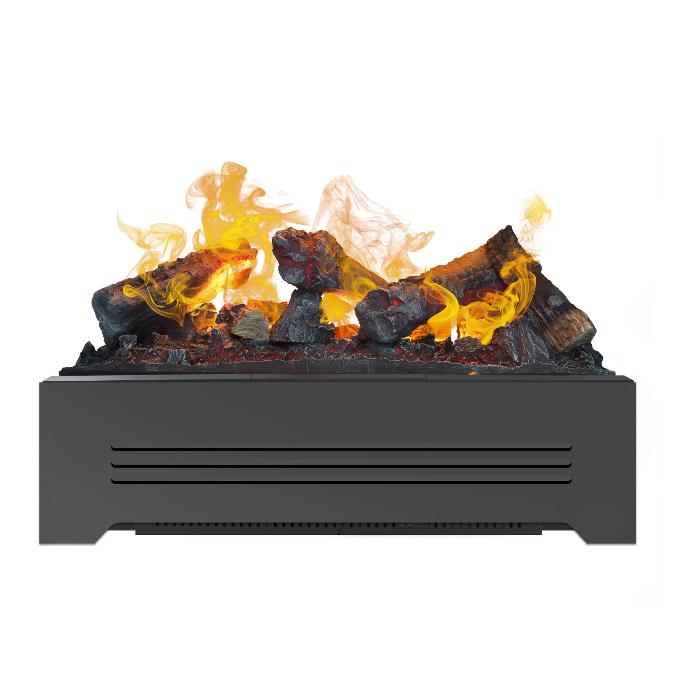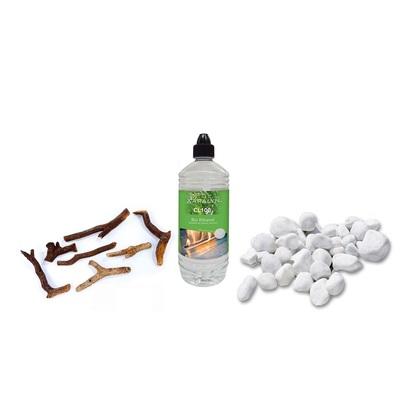Bioethanol is just bioethanol, right?
Electricity is just electricity. A fuel like gasoline or ethanol is simply gasoline or ethanol. Is it really that simple?
When we plug a plug into the socket, we do not notice any difference between green electricity and electricity generated from gas or coal. The choice for a green product is purely based on a good feeling.
With fuels, this story does not hold. Although price differences are sometimes inexplicable for a layman, there is indeed a difference between the various fuels.
Let me limit myself to ethanol
Ethanol can be extracted from petroleum. This is the purest ethanol but also the most expensive. This ethanol is not actually used for the cozy burning of fireplaces.
Besides burning fireplaces, ethanol is also widely used as a cleaning agent in the food industry. Contaminated ethanol can be easily purified and reused. We call this recycled ethanol. Recycled ethanol still contains minimal traces of contamination even after purification and should ideally no longer be used indoors for an ethanol fireplace.
For burning fireplaces, we preferably use ethanol obtained from plant residues. Because of its origin, we call this bio ethanol. A fuel derived from plants. A fuel whose substances released during combustion are reabsorbed by plants. Thus, a renewable fuel.
Bioethanol with a scent
When burning pure bio ethanol, no real odor is released (this does not mean that you perceive nothing). Adding a fragrance can simply be an addition but also mask a contamination.
In any case, any addition to bioethanol results in a less pure combustion. Added scents are always oil-based (fragrance oil) and will eventually form a greasy deposit. If you want to smell a scent when burning your bio ethanol fireplace, you can simply and cheaply place a little fragrance oil on a dish near the fireplace.
Pure bioethanol for fireplaces
Bioethanol with an alcohol content of 100% does not exist. Bioethanol contains at least 2% water (this is the natural balance). Pure alcohol is expensive. This is due to the excise duties. Bioethanol is relatively cheap.
The fact that bio ethanol can be offered so cheaply despite a high alcohol content is due to a mandatory addition. The bioethanol we buy as consumers is denatured. A process whereby an addition is made to the bioethanol making it unfit for consumption.
The purest bio ethanol is around 97%. In practice, hardly achievable. The alcohol content usually fluctuates between 95-97%.
The lower the alcohol content, the lower the heat yield. Without the right equipment, it is actually only measurable by comparing the total burning time or the height of the flames. This draws a parallel with gasoline for a car. Both a car and a fireplace run fine on cheap fuels, but there are differences.
How to recognize bad bio ethanol as a consumer
Unfortunately, poor quality bio ethanol cannot be recognized from the packaging. Mandatory on the packaging are only a few hazard symbols and the indication that it is bio ethanol. It is suspicious if a supplier indicates that the alcohol content exceeds 97%.
A company like Action sells very cheap bio ethanol, perhaps the cheapest ethanol. The bio ethanol from Action is excellent for an ambiance fireplace. With the ethanol from Action, I did not notice any bad odor. In my own tests, I noticed that the flames were lower and the burning time was noticeably shorter. My conclusion is that there must be more water in the bio ethanol than the label indicates. The ethanol from Action is therefore excellent as a fuel for ambiance fireplaces. However, if you want a slightly higher yield from your bio ethanol fireplace, a higher flame, a longer burning time, I would choose another supplier.
Safe packaging for bioethanol
Bioethanol is classified as highly flammable. The typical thing is that bio ethanol does not actually burn at all (below 12 degrees, it is almost impossible to light). The alcohol in the bioethanol evaporates. These alcohol vapors burn. Bio ethanol is therefore best stored in a cool place. The larger the packaging, the greater the risk. Opened large packages contain alcohol vapors that can catch fire with the slightest spark.
The safest packaging is a one-liter bottle with a spray cap. For a manufacturer, this is the most expensive solution.
Be careful. Handle bio ethanol wisely. Do not transfer ethanol from a large package to a smaller package. Do not fill small openings with a large package. Use a funnel.
CL100 bio ethanol
Xaralyn's CL100 bio ethanol is obtained from plant residues, mainly corn. For someone with a very sharp sense of smell, a very minimal sweet smell can be perceived. Compared to burning wood, we therefore say that no odor is noticeable.
Alcohol attracts moisture. The alcohol content in open or not well-sealed bottles will decrease over time. Alcohol is also known as a solvent. Soft plastic packaging will eventually dissolve. For this reason, Xaralyn CL100 bioethanol is only available in transparent hard plastic (recyclable) one-liter bottles.
Order Xaralyn bio ethanol cheaply online and get it delivered free to your home.



